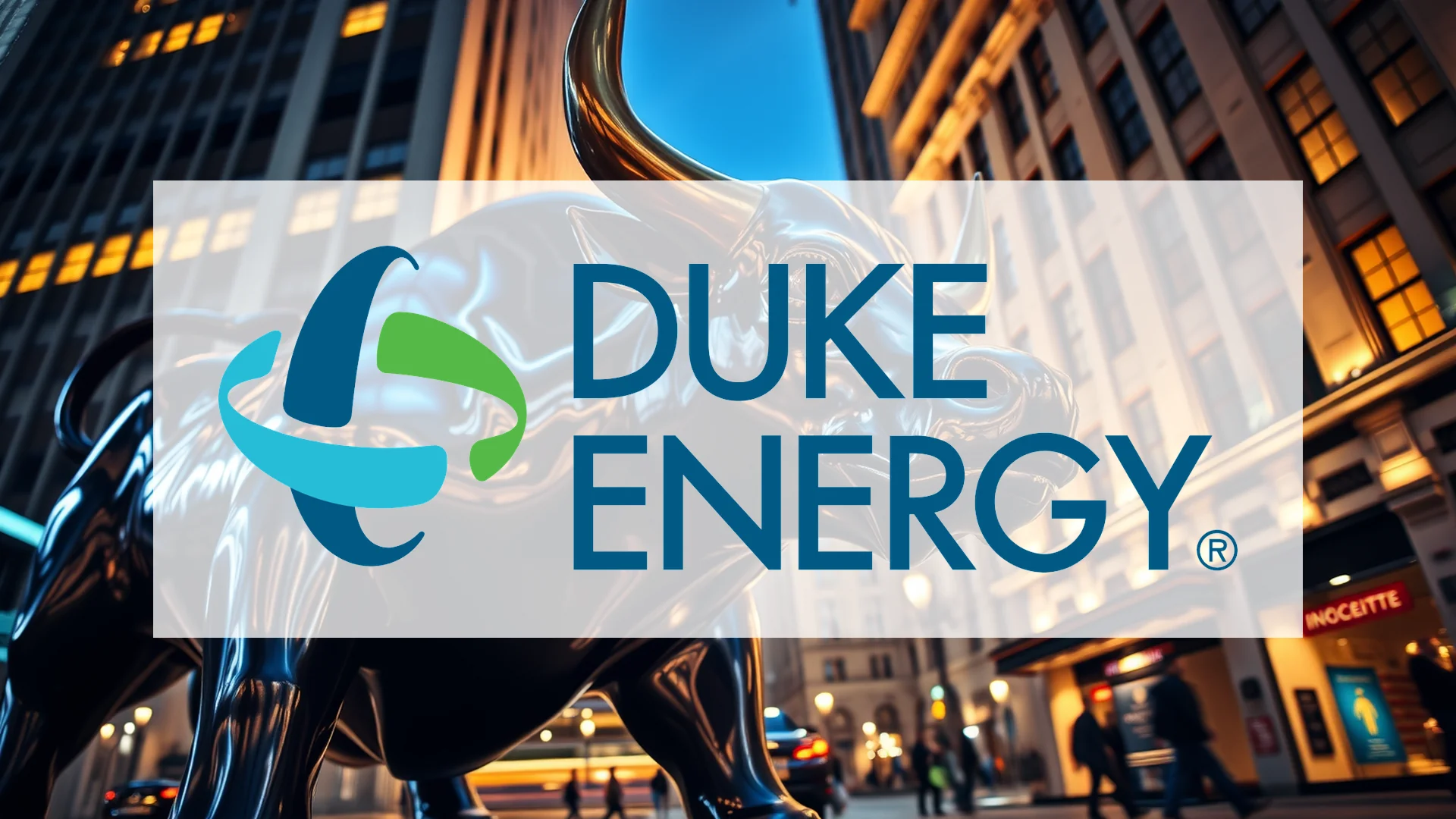Duke Energy Corporation presents investors with a complex narrative of contrasting financial performance. The US utility giant recently announced a meaningful dividend increase for shareholders, even as its quarterly earnings fell short of market projections. This divergence highlights the ongoing tension between immediate profitability and long-term strategic positioning in the evolving energy sector.
Institutional Investors Display Mixed Sentiment
Activity among major investment firms reveals differing perspectives on Duke Energy’s outlook. While some institutions have increased their stakes, others have reduced exposure. Balefire LLC and Strathmore Capital established new positions in the company, whereas Bell Bank decreased its holdings by more than 10 percent. Meanwhile, IFM Investors expanded its investment position by 8.6 percent. These contrasting moves suggest professional investors are weighing short-term earnings challenges against the company’s potential in the energy transition landscape.
Second Quarter 2025 Performance: Revenue Strength Versus Profit Pressure
The company released its Q2 2025 results on August 5, presenting a mixed financial picture. Revenue demonstrated considerable strength, climbing 4.7 percent year-over-year to reach $7.51 billion. This figure substantially exceeded analyst expectations of $7.07 billion. However, earnings per share came in at $1.25, missing the consensus estimate of $1.29. The gap between robust revenue growth and weaker profitability suggests increased operational costs or strategic investments, particularly those related to the ongoing energy transition initiatives.
Should investors sell immediately? Or is it worth buying Duke Energy?
Dividend Commitment Remains Unshaken
Despite the earnings disappointment, Duke Energy’s board demonstrated confidence by raising the quarterly dividend from $1.05 to $1.065 per share. This decision reinforces the company’s reputation as a reliable income stock, now offering a solid 3.5 percent annual dividend yield. The consistent distribution policy provides shareholders with stability during periods of market uncertainty and earnings volatility.
Analyst Community Maintains Constructive Outlook
Market experts remain generally optimistic about Duke Energy’s future prospects despite the recent earnings miss. The consensus rating stands at “Moderate Buy” with an average price target of approximately $130.62. Several prominent firms, including Scotiabank, JPMorgan, and BMO Capital, have recently raised their target prices for the utility stock. This confidence appears rooted in the company’s strategic positioning to benefit from long-term energy infrastructure modernization and transition projects.
Duke Energy currently navigates a critical inflection point. While near-term performance faces pressure from earnings challenges, the company’s substantial investments in future energy infrastructure and its dependable dividend policy may ultimately drive shareholder value over the long term.
Ad
Duke Energy Stock: Buy or Sell?! New Duke Energy Analysis from December 22 delivers the answer:
The latest Duke Energy figures speak for themselves: Urgent action needed for Duke Energy investors. Is it worth buying or should you sell? Find out what to do now in the current free analysis from December 22.
Duke Energy: Buy or sell? Read more here...










